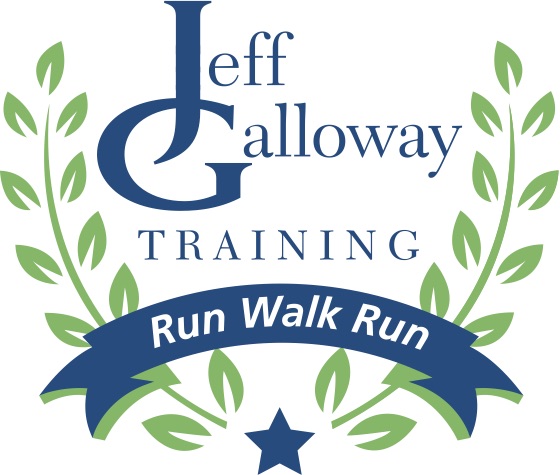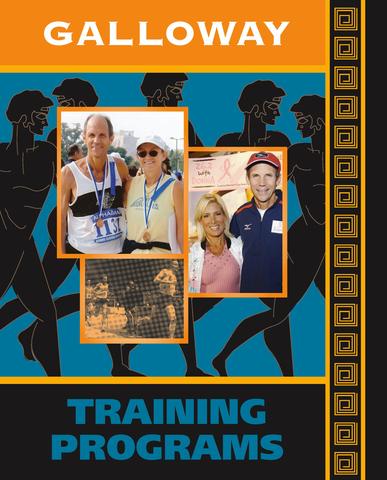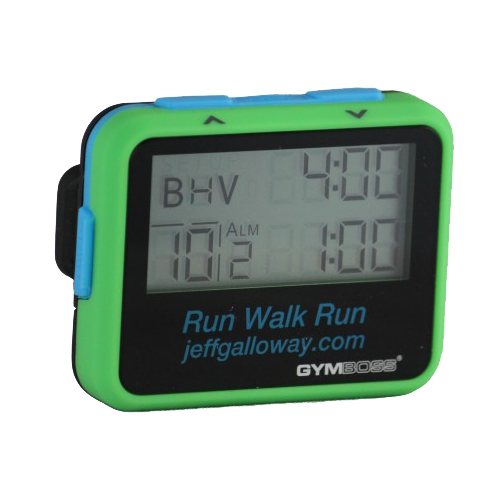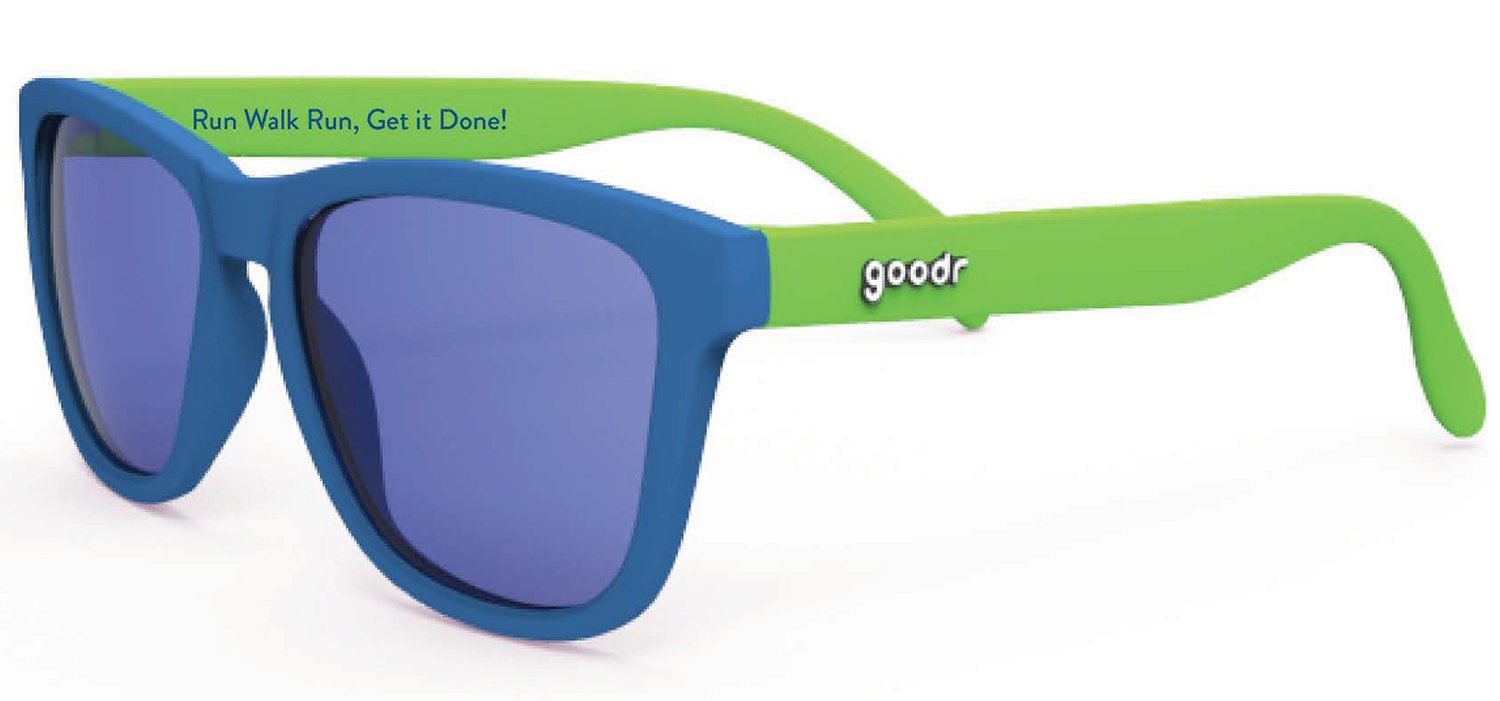Training
Learn More in Galloway Training Programs
Getting Faster
I have seen thousands of runners improve by making simple changes such as:
• Rearranging their schedules
• Adding rest
• Doing speedwork
The first rule is that your goals must be realistic. Setting a goal that is too ambitious will only lead to disappointment and frustration. But if you stage a series of goals that are within your reach, you’ll build your running capacity and your confidence!
NOTE: There is obviously a limit to how much you can improve. You’ll reach plateaus at which your performance will level off and sometimes even drop. A plateau may last a month or so, or even a year. As you get closer to your ultimate potential, the plateaus will tend to occur more often, and last longer.
Speedwork increases injury risk.
To improve, time goal runners need to run faster in some workouts, and this means some increase in stride length, greater bounce and foot pushing. By gradually increasing the intensity of the speed training, the feet and legs can adapt (with sufficient rest intervals and rest days betwee). But there is a risk of injury. Be sensitive to your weak links and don’t keep running if there is a chance that you may have the beginnings of an injury. A gentle increase in the beginning of the season can significantly reduce risk.





